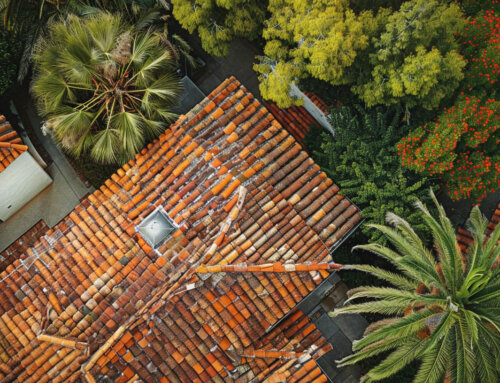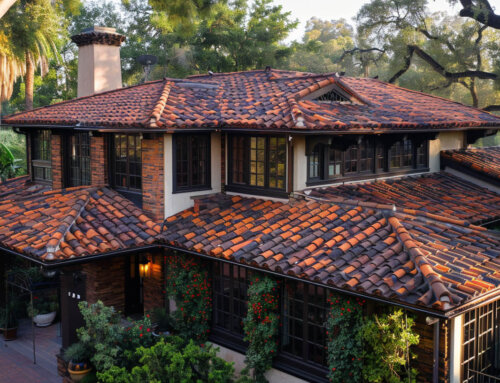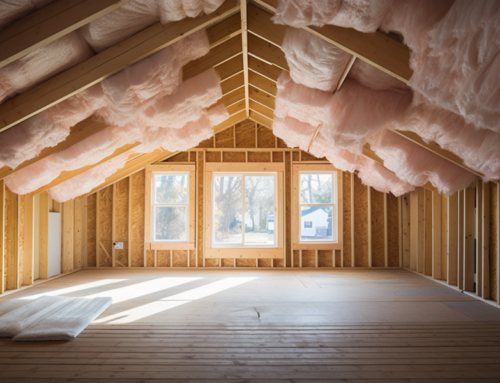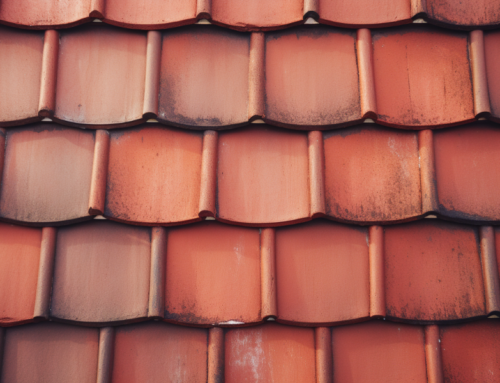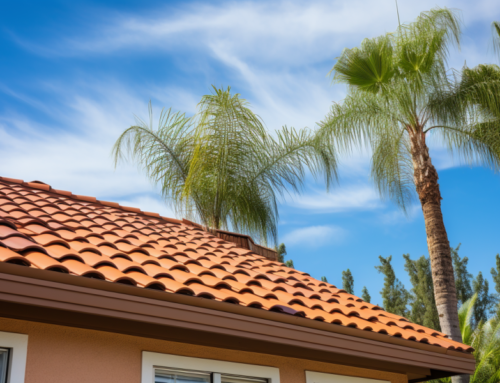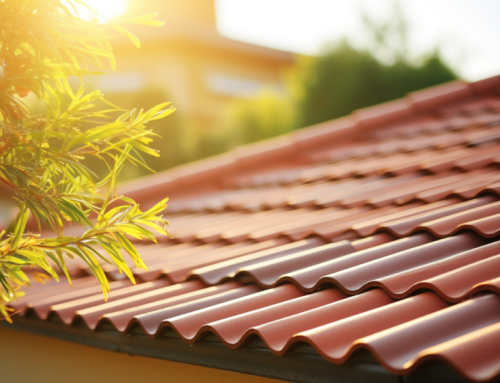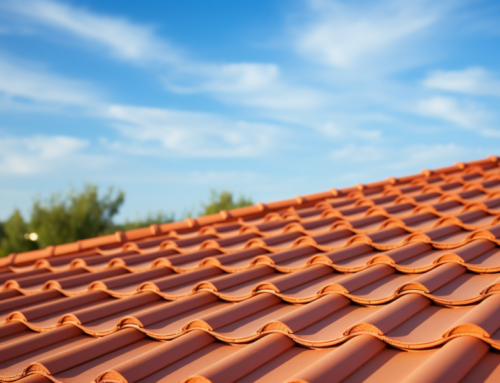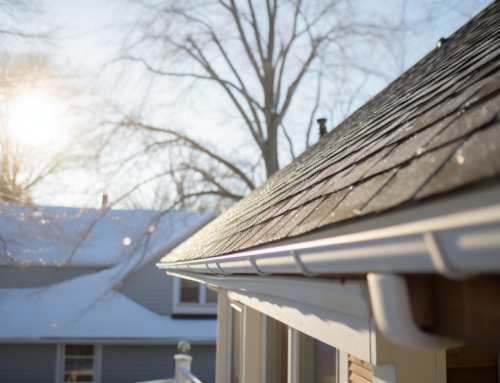In the realm of construction, commercial roofing stands out as a specialized field, distinct from its residential counterpart. The primary objective of both is to shield structures from external elements, but the methods and materials employed differ significantly. Let’s delve into the intricacies of commercial roofing systems, highlighting their unique characteristics and the plethora of options available.
The Distinctive Nature of Commercial Roofs
The most conspicuous difference between commercial and residential roofing lies in the roof’s slope, which is largely influenced by the building’s dimensions. Residential structures, being relatively compact, often feature steeply sloped roofs made from materials like asphalt shingles, architectural tile, or slate. In contrast, commercial buildings, owing to their expansive size, usually have flat or minimally sloped roofs, often concealed from ground view.
The choice of materials for commercial roofs is influenced by various factors, including the building’s architecture, prevailing climatic conditions, and the need to accommodate foot traffic.
Modern Advancements in Commercial Roofing
Staying updated with the latest in roofing technology is paramount for commercial roofing contractors. Recent innovations have ushered in materials that offer superior resistance to extreme temperatures and enhance environmental efficiency. These advancements not only curtail stormwater runoff but also lead to significant savings in heating and cooling costs.
Deciphering the Shape of Commercial Roofs
The slope of a commercial roof plays a pivotal role in its design. Broadly, roofs are categorized into Low Slope (or Flat Roofs) and Steep Slope Roofs.
- Low Slope Roofs: Predominantly seen in warehouses and shopping centers, these roofs offer multiple material options, including EPDM, PVC, and TPO.
- Steep Slope Roofs: While more common in residential settings, some commercial structures, like hotels or educational institutions, might feature steeply sloped roofs. Materials for such roofs range from metal and shingles to slate or tile.
Diverse Commercial Roofing Systems
Upon determining the roof’s slope, one can explore the myriad roofing systems tailored for commercial needs:
- Single Ply Roofing: These systems, encompassing TPO, PVC, and EPDM, are lauded for their flexibility and resilience against weathering. Their hallmark is a single-layer installation.
- TPO: A prevalent choice for low slope roofs, TPO is a blend of polypropylene and ethylene-propylene rubber. It’s known for its reflectivity and can be installed in various ways.
- PVC: Comprising two PVC layers with a polyester reinforcement, PVC roofs are UV resistant, durable, and fire-resistant.
- EPDM Roofing: EPDM, a synthetic rubber, is celebrated for its elasticity and ability to combat UV damage. It’s a popular choice for low-slope commercial structures.
- Metal Roofs: Favored for their aesthetic appeal and longevity, metal roofs are versatile, suitable for both low and steep slopes.
- Green Roofs: Beyond their aesthetic appeal, green roofs offer natural insulation, reduce energy costs, and can even provide recreational spaces.
San Diego County Roofing & Solar has been at the forefront of the roofing industry, offering top-tier solutions tailored to diverse needs. Whether you’re seeking roofing contractors in San Diego or exploring options from local roofing companies in San Diego, our team ensures unparalleled quality and expertise.
In Conclusion
Selecting the right roofing system is a nuanced decision, influenced by various factors. San Diego County Roofing & Solar, with its vast experience and commitment to excellence, stands ready to guide you through this journey, ensuring your commercial structure is shielded with the best roofing solutions available.



